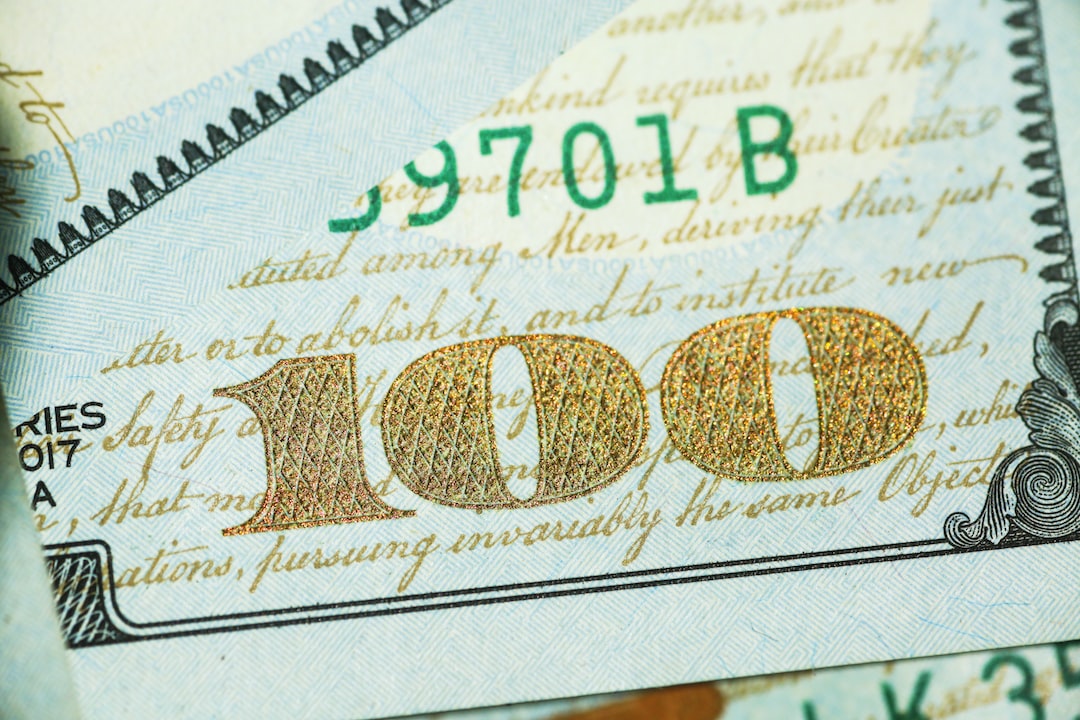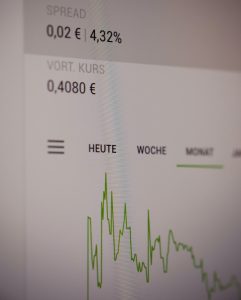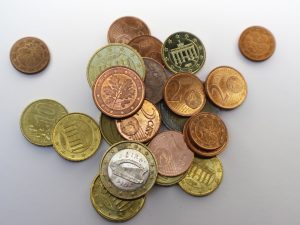The forex market is the largest financial market in the world, with daily trading volume of over $5 trillion. It operates 24 hours a day, five days a week, which means that forex traders can access the market at any time of day or night. However, there are certain hours and days when the market is more active and offers better trading opportunities.
Forex trading is conducted through a global network of banks, financial institutions, and individual traders, who buy and sell currencies around the clock. The market is open from Sunday at 5 pm Eastern Standard Time (EST) until Friday at 5 pm EST, with trading sessions overlapping in different time zones.
The forex market is divided into four major trading sessions: the Asian session, the European session, the North American session, and the Pacific session. Each session has its own characteristics and trading opportunities, depending on the economic and political events taking place in the region.
The Asian session starts on Sunday at 5 pm EST and ends on Monday at 4 am EST. This session is dominated by the Japanese yen (JPY), the Australian dollar (AUD), and the New Zealand dollar (NZD), as well as other currencies from the Asia-Pacific region. The Asian session is usually the quietest and least volatile of all the sessions, as most of the major financial centers in the region are closed. However, traders may still find opportunities to trade news releases and economic data from Japan, Australia, and China.
The European session starts at 3 am EST and ends at 12 pm EST. This session is dominated by the euro (EUR), the British pound (GBP), and the Swiss franc (CHF), as well as other currencies from Europe and the Middle East. The European session is the most active and volatile of all the sessions, as it overlaps with the Asian and North American sessions. Traders can expect significant price movements during this session, especially during the release of economic data and central bank announcements.
The North American session starts at 8 am EST and ends at 5 pm EST. This session is dominated by the US dollar (USD), the Canadian dollar (CAD), and the Mexican peso (MXN), as well as other currencies from North and South America. The North American session is also active and volatile, as it overlaps with the European session. Traders can expect significant price movements during this session, especially during the release of economic data and central bank announcements from the US and Canada.
The Pacific session starts at 9 pm EST and ends at 6 am EST. This session is dominated by the Australian dollar (AUD), the New Zealand dollar (NZD), and the Japanese yen (JPY), as well as other currencies from the Asia-Pacific region. The Pacific session is usually the quietest and least volatile of all the sessions, as most of the major financial centers in the region are closed. However, traders may still find opportunities to trade news releases and economic data from Australia and New Zealand.
It is important to note that the forex market is not open on weekends, as most of the major financial centers around the world are closed. However, some brokers offer trading on Saturdays and Sundays, known as weekend trading. Weekend trading is usually limited to certain currency pairs and has lower liquidity and higher spreads than weekday trading.
In conclusion, the forex market is open 24 hours a day, five days a week, from Sunday at 5 pm EST until Friday at 5 pm EST. The market is divided into four major trading sessions, each with its own characteristics and trading opportunities. Traders can access the market at any time of day or night, but they should be aware of the different trading sessions and the economic and political events that may affect the market.





